

SurveyMonkey success stories
Discover how innovative teams and top companies use SurveyMonkey to make data-driven decisions, drive growth, and deliver stellar experiences.
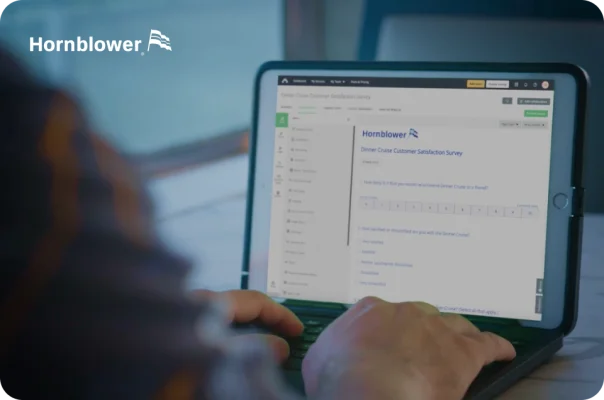
Hornblower builds better strategies with insights from 20M customers
“SurveyMonkey allows me to be very effective as the insights guy at my company. My role is to bring the voice of the customer to stakeholders throughout the organization, and SurveyMonkey makes that possible.”
- Greg Shapiro, Consumer Insights and Rewards Manager

Woom achieves 46 eNPS®, enhances employee and customer experiences
“With SurveyMonkey, we’ve been able to collect feedback from both our customers and employees, prioritize what they need, and build that into our strategies. Having those voices represented was transformational.”
- April Obersteller, Managing Director

The Golden State Warriors collect game-changing CX, market, and employee insights
“Leveraging SurveyMonkey to truly understand from the fans what’s most important to them has guided almost all of our strategy over the course of the last several years.”
- John Beaven, Chief Revenue Officer

Gen Con delivers epic events for 70K+ attendees
“Without SurveyMonkey, it would be impossible to know exactly what everybody is experiencing at an event of this size. The ROI of using SurveyMonkey is very high—we gain powerful insights that shape the future of Gen Con.”
- David Hoppe, President
CX | VOICE OF THE CUSTOMER
Carrot improves clinical outcomes, helping 50% of members feel supported after just one chat
“We’re able to demonstrate through surveys that we’re positively impacting our members’ decision-making and easing their burden as they face complex, life-changing moments.”
- Laura Lee, Product Manager
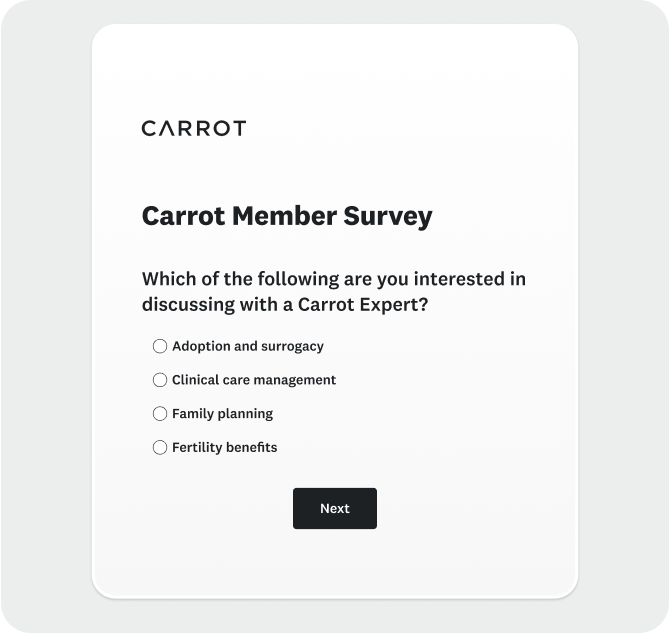


Ryanair gathers 50K monthly CSAT responses to improve customer experience

Box breaks down silos and fuels its team with unified customer feedback

Greyhound drives business value and a 15-point NPS increase

Aptive improves Veteran services with an empathetic, data-driven approach

Point of Reference maximizes NPS insights and achieves 50% response rate

Western Australian Police Union uses data to power policy, enrich media campaigns
MARKETING
Together Labs collects feedback from 280K+ users to guide its product roadmap
“Our rich quantitative and qualitative SurveyMonkey data has had a major impact on product development. It empowers us to monitor awareness and sentiment, gather feedback on new and planned features, and prioritize.”
- Michael Zhang, Product Manager
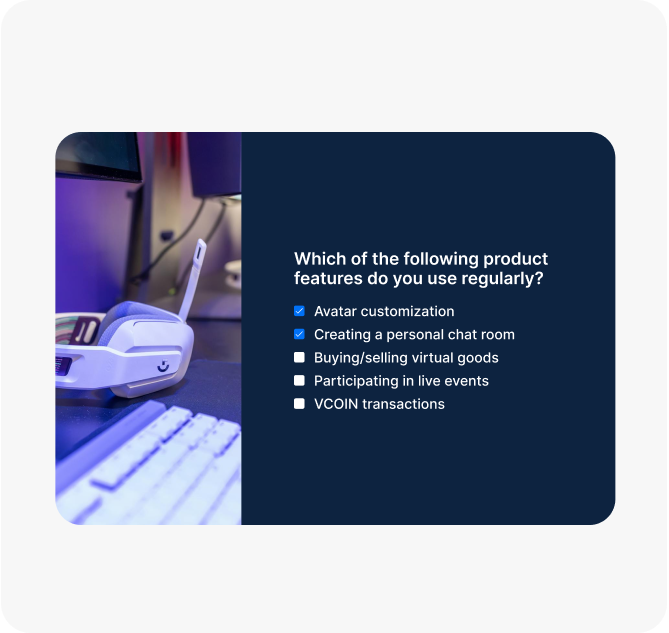


Sakura validates product pricing and refines marketing strategies

Kajabi builds data-backed strategies that increase customer satisfaction and conversions

ClickUp strengthens multimillion dollar campaign with ad testing

Tweezerman validates 10 products, accelerating time-to-market
HUMAN RESOURCES
YES Communities raises employee retention 500%
“We were using Qualtrics previously, but it’s a very expensive tool and so complex that we had to get an IT person involved to build surveys and get our data. SurveyMonkey is just user-friendly. We were working to understand Qualtrics and honestly, we feel like SurveyMonkey works for us.”
- Jean Gonzales, Vice President of Human Resources
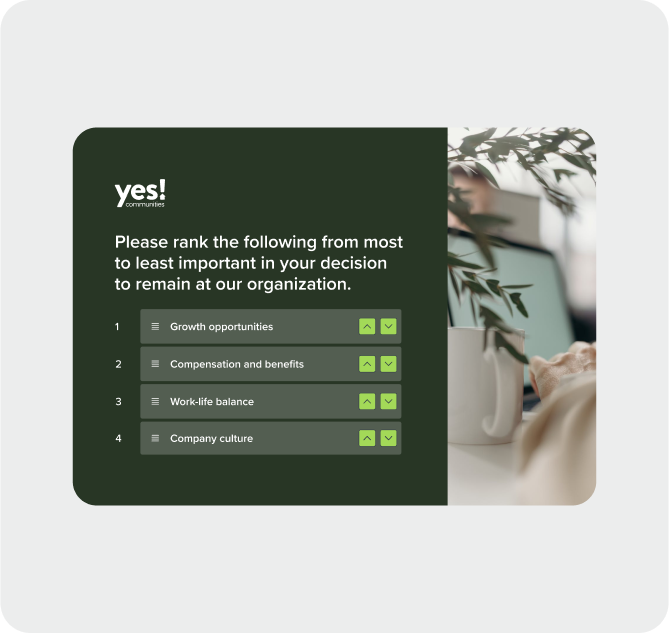

NONPROFIT

Yu-Ai Kai achieves an 85 NPS by listening to its senior community
“SurveyMonkey gave us the ability to find out what services were needed, how we should deliver them, and what our seniors really want. The results actually created our strategies and priorities, and we were able to take action with confidence.”
- Jen Masuda, Executive Director
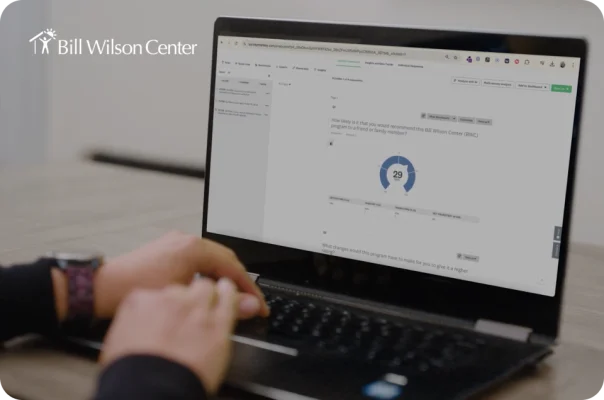
Bill Wilson Center proves community gaps, secures new grant funding
“We are partnering with folks in our community who have had very marginalized experiences. SurveyMonkey is helping us gather their feedback in a way that makes the information that we get actionable.”
- Laura Foster, Division Director Research, Analysis, and Impact
Women’s March Global amplifies 30K voices with a first-of-its-kind survey
“This survey is helping organizations on the ground think through who they fund, how they fund them, and what areas make a true impact.”
- Betsy Scolnik, Board Chair


Built for business, loved by users
Choose SurveyMonkey to help you uncover brand and product opportunities, support your workforce, delight customers, and more.
NPS, Net Promoter & Net Promoter Score are registered trademarks of Satmetrix Systems, Inc., Bain & Company and Fred Reichheld.